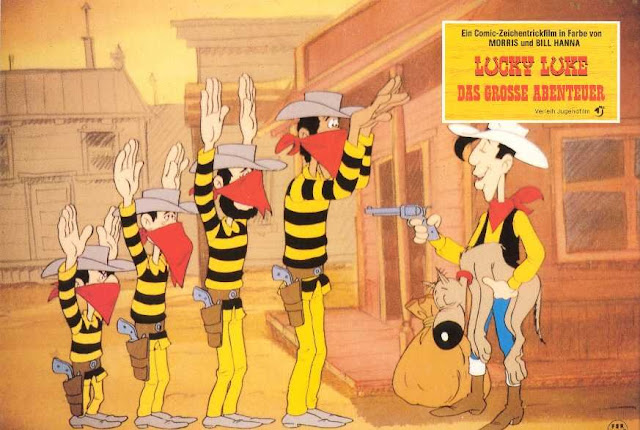What the polio vaccines can teach us about the COVID ones
Prior to the 1950s, paralytic polio was a scourge. FDR was crippled from it while in his 30s, the March of Dimes was started to combat it, and photos of rows and rows of children in iron lungs were common in the media. From this situation, vaccines were developed to combat the disease.
Polio is caused by one of three types of poliovirus that can cause paralysis and death. In the 1950s, two vaccines were independently developed to combat it, one by Jonas Salk and the other by Albert Sabin. Polio was eradicated, and today those vaccines are thought of as miracle drugs. But were they?
In the early 1950s, Salk was the first to come out with a vaccine. His was designed to treat all three polio viruses at once. His approach seemed basic enough. It was to grow polioviruses in the lab, kill them, and then inject healthy children with the dead viruses. The idea was that the dead viruses could not reproduce, so they could not harm the children. The children's immune system, however, would detect the injected viruses and produce effective antibodies against them, thus creating immunity against polio.
Just prior to beginning mass inoculations, samples of the Salk vaccine were sent to the National Institutes of Health (NIH) for safety testing.
There, when bacteriologist Dr. Bernice Eddy injected the vaccine into her monkeys, some of them fell down paralyzed. She concluded that the virus was not entirely dead as promised. Instead, the virus was active and could reproduce in its host. Eddy sounded the alarm and presented her findings. A debate ensued in the corridors of power. Advocates for caution were overruled, and the mass inoculation proceeded on schedule.
![]()
The inoculation of children began in 1955. Within days, some injected children were coming down with polio. Some were even spreading the disease to family members. Subsequent investigations determined that the vaccine had caused 40,000 cases of polio, leaving 200 children with varying degrees of paralysis and ten dead. Alton Ochsner, a professor of surgery at Tulane Medical School, was such a strong proponent of proceeding with the inoculation program that he gave vaccine injections to his grandchildren to prove that it was safe. Ochsner's grandson died from polio a few months later, and his granddaughter contracted polio but survived.
This fiasco has become known as the Cutter incident. It's named after the manufacturer of the vaccine. The vaccine was recalled and retested for safety, but the damage had already been done in the mind of the public.
Let's continue to the second version of the polio vaccine, the Sabin.
In 1957, inactivated poliovirus vaccine (IPV) and live but weakened oral poliovirus vaccines (OPV) were prepared in primary cell cultures derived from rhesus monkey kidneys.
According to the American Association for Cancer Research, it
was later determined that the vaccines made from these cultures were
contaminated with the infectious cancer-causing virus SV40. The Centers for Disease Control & Prevention estimate
Did this result in a cancer epidemic? Some believe that it did, as there was a sharp rise in soft tissue cancer in the following decades. The medical establishment disagrees, saying only a "small" number of cancer cases can be traced to the polio vaccines. In any event, it was a fact that a cancer-causing virus was present in the polio vaccines and that the government kept the public in the dark. This was done to avoid mass hysteria and to prevent the wrecking of the public's confidence in medicine and vaccines in particular.
One result of the damage caused by these initial polio vaccines is that strict new safety regulations and procedures were instituted. Also, legislation was passed to exempt vaccine manufacturers from civil damages due to the side-effects of their vaccines. 42 U.S. Code 300aa-22 — Standard of responsibility states: "No vaccine manufacturer shall be liable in a civil action for damages arising from a vaccine-related injury or death associated with the administration of a vaccine after October 1, 1988."
Polio is practically unknown today. But is that because of the vaccines or other factors? Note, polio is spread by contact with infected feces, which often happens from poor hand-washing. It can be spread from eating or drinking contaminated food or water. In some cases, it can be spread when an infected person coughs or sneezes infected droplets into the air. It would seem that as hygiene improved and sanitation got better, polio would diminish. This was all known in the 1950s.
Whatever the case, a takeaway lesson from the early polio vaccines is that haste makes waste. Back then, those vaccines were rushed out to the public without being adequately tested due to panic over the disease. One has to wonder if the same sort of thing isn't happening today with the COVID vaccines. There are similarities between what happened then and what's unfolding now, chief among them political pressure for a magic-bullet cure. Is it possible or even likely that political pressure has compromised the safety protocols and standard procedures at the FDA and Big Pharma which are there to ensure only safe vaccines are issued for public use? Time will tell.
Image: Library of Congress via Picryl, public domain.
To comment, you can find the MeWe post for this article here.
If you would like to comment on this or any other American Thinker article or post, we invite you to visit the American Thinker Forum at MeWe. There, you can converse with other American Thinker readers and comment freely (subject to MeWe's terms of use). The Forum will be fully populated and ready for comments by midday (Eastern time) each day.

Comentarios
Publicar un comentario